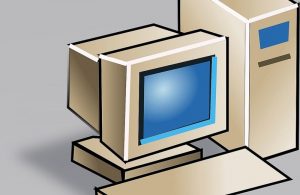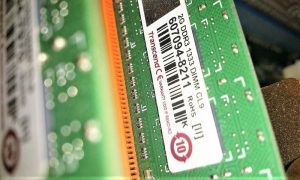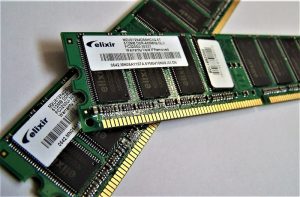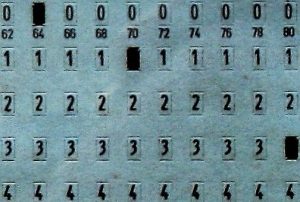Fifth generation of computers
Considering the technological advances in the area of informatics and computing, we could specify some dates and characteristics of what is called the fifth generation of computers, which extended from 1982 to 1989.

- Date: From 1982 to 1989
- Devices: PC
What is the fifth generation of computers?
During the twentieth century, technological advances included significant changes for the next generation of computers until today, being the rise of computers with artificial intelligence and functionality directed at a practical level where it covers the daily use and not only the industrial machinery, as well as the use of the new tool created, the Internet.
This generation of computers lives in an era in which most things are controlled by different types of machines. These computers are based on a very sophisticated artificial intelligence. Also, they use several CPUs to have a faster information handling speed.
Characteristics of the fifth generation of computers
- More speed and miniaturization of its elements.
- The possibility of connections with any type of network as with other devices, since they had input ports, which made possible the exit and input of information.
- Artificial intelligence allowed the development of a natural language, the ability to translate various languages quickly and efficiently, as well as word recognition generated from voice. This intelligence also allowed the effective resolution of mathematical procedures.
- The use of storage devices to protect the information generated by these computers, due to this new functionality feature, we begin to think about the union of various formats such as image with sound, the multimedia area begins to expand as well as the devices that support it.
- The use of microprocessors from the requirement of reduction to the size of the components like the union of several of these, that were interconnected creating multiprocessors. The portable computers or PCs were conceived, being these a miniaturization or simplification of the industrial computers.
- The development of reading by voice, a feature that allows the computer to be activated through words or simple phrases to respond to an activity or search.
- Integration of input and output circuits, such as floppy disks or flexible disks that allowed the effective storage of information.
Inventors of the fifth generation of computers
Von Neumann: During 1946, he builds the ideas that give rise to a starting point, which is used until now, where he focuses on information and data storage in the same device, which leads to memory, managing to move from ENIAC to a programmable device where the user can store information and programs.
Featured computers of the fifth generation of computers
The most outstanding computer of the fifth generation of computers was the PC or laptop, following the approach of not only producing machinery at an industrial level but also, a tool for daily use. It was generated and produced by the International Business Machines Corporation (IBM), presenting a first proposal that revolutionizes everything known until now in the technology sector.
In search of format simplification, advances were made to Intel Pentium micro chippers, which were able to provide a speed of 60 and 66 MHz In addition, these could be able to make two instructions, which increased to 64 bits, and the increase in frequency to almost double what had been achieved so far.
Starting from the requirement of a storage tool, arises the floppy disk, which provided a support that backed up the information and that was removable to be used in other devices, creating in turn a unit designed for the use of these. This drive was called Floppy Disk Drive (FDD), which allowed these diskettes to be read.
It was possible to launch the first versions of an operating system, in this case Microsoft Windows (MS) in 1985, which competes at the same time with the launch of Apple, although these first systems lacked effectiveness when it came to its operation and were nothing more than a proposal, they allowed to give rise to the fact that later, in 1987, Windows launched Windows version 2.0 and 2.03 with improvements in the system, both in the user interface and in multitasking functions.
On the other hand, among the computers of the fifth generation are the machines in parallel PIM (Parallel Inference Machine). In 1987, the use of these microprocessors and a memory which expanded through the years in which the project was worked, from the PIM/p: 512 RISC microprocessors with 256 MB of memory to the PIM/k: 16 RISC microprocessors with 1 GB of memory.
How to cite this article?
Briceño V., Gabriela. (2019). Fifth generation of computers. Recovered on 3 January, 2025, de Euston96: https://www.euston96.com/en/fifth-generation-of-computers/









